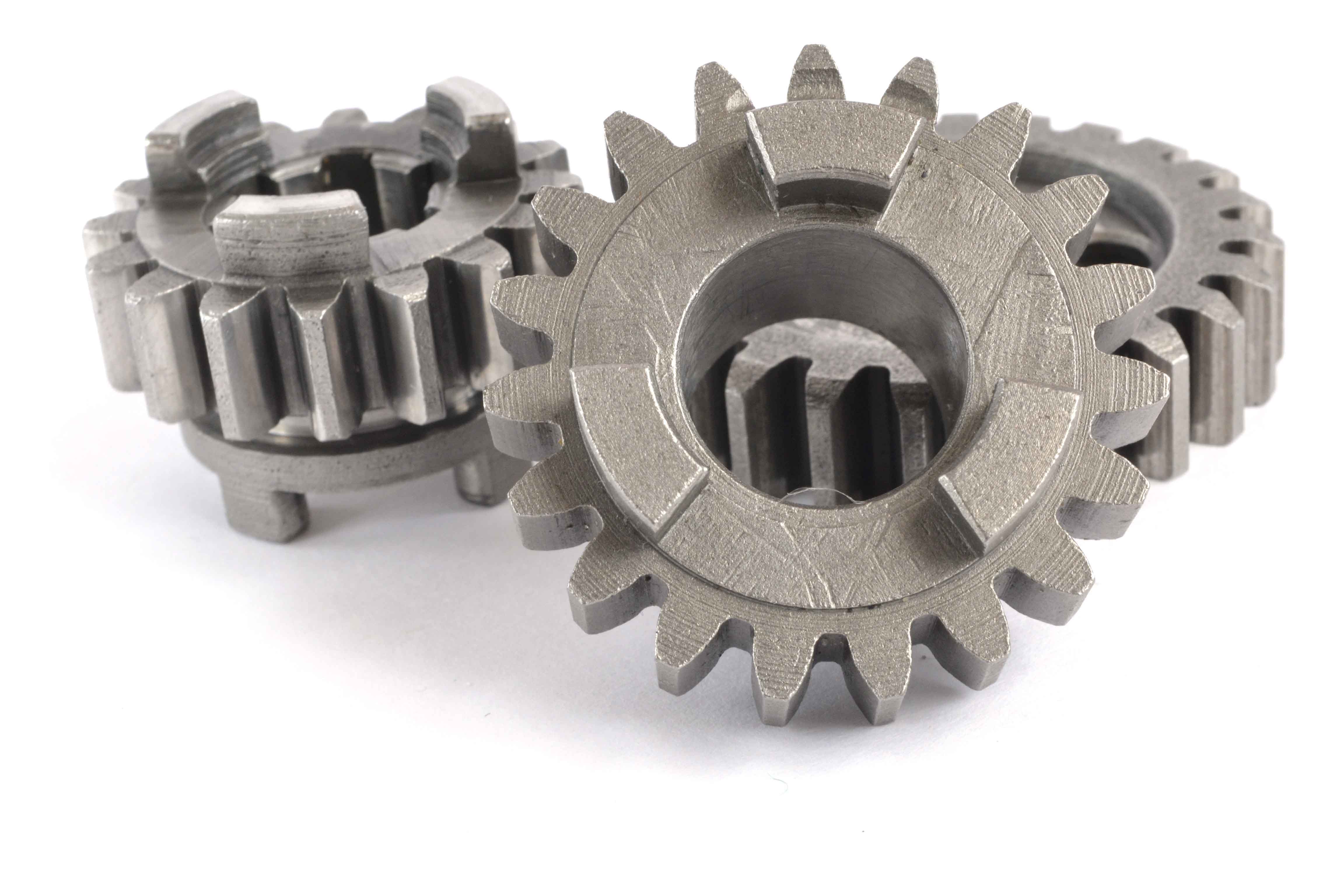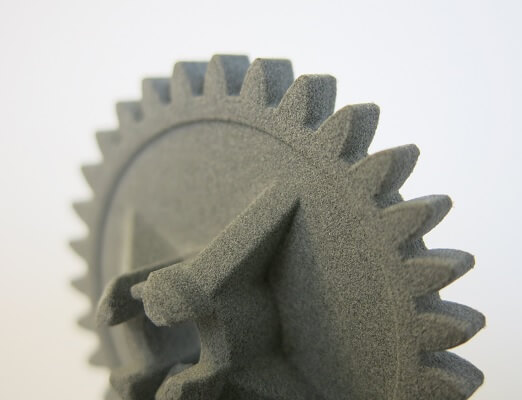The history of mechanical engineering
Posted By Lucie Gaget on Nov 14, 2018 | 0 comments
Are you in a mood for some history? Today, we are going to take a look at the history of mechanical engineering. You certainly know it, additive manufacturing and 3D modeling are now great solutions, helping mechanical engineers in their daily work.
Mechanical engineering is now part of our world and allowing us to develop new outstanding mechanical systems to optimize research and production. But it has changed and evolved, to be where it is now. From the use of CNC machining to casting to 3D printing, how did mechanical engineering evolve?
In this blog post, we are going to talk about mechanical engineering and its evolution from beginning to now.
What is mechanical engineering?
Mechanical engineering is actually one of the oldest branches of engineering, involving the principles of physics, engineering, mathematics, and material science to analyze, design, and manufacture mechanical systems. Mechanical engineers are using the principles of motion, energy, and force, in order to create safe and functional mechanical devices.
Where is mechanical engineering present? Everywhere! Creating automobiles, industrial equipment, smartphones, engines, and all equipment of our daily life. It is allowing innovation in all sectors, from health to space exploration!
The history of mechanical engineering
The beginning
Mechanical engineering has always existed, with, for example, the emergence of works on mechanics and the development of the first machines in ancient Greece, medieval China, and Antiquity. Indeed, the first steam engine is dated from ancient Greece, with the work of Heon of Alexandria. Then, during the Islamic Golden Age (from 7th to 15th century), a lot of things has been made regarding mechanical design. One of the best examples is certainly the book of Al-Jazari, written in 1206: Book of Knowledge of Ingenious Mechanical Devices.
Indeed, what we know today as mechanical engineering really started with the Industrial Revolution with a growing demand for machinery in the latter part of the 18th century, with the development of steam engines. Indeed, the evolution of mechanical engineering comes with the development of tooling and machinery.
The first professional society for mechanical engineers, the Institute of Mechanical Engineers, was formed in the United Kingdom in 1847. Since then, this engineering branch has obviously evolved.
A quick evolution of mechanical engineering
Development of physics and machine tools during the 19th century allowed the separation of mechanical engineering from engineering. This actually led to the manufacturing of machine and engines, in order to power them! Indeed, one of the first challenges of mechanical engineering was the creation of power-driven systems.
Manufacturing is obviously evolving all along with the development of civilization. The first power-driven machines were made during the 19th century, then, during the 20th century more advanced systems were built, and laser-based manufacturing started to grow. In the 21st century, technologies such as 3D printing are seriously starting to take over in some sectors.
This discipline quickly evolved with the understanding of mechanical science, which includes dynamics, thermodynamics, the use of different forms of heat, the creation of energy, power, heat transfer and so on.
What disciplines does it include?
Development of machinery
There is always a big need for development in machinery and automation of production. All machine tools and components need to be created by engineers with great knowledge and skills, allowing them to innovate and find the best mechanical systems possible.
Mechanical engineering is on the basis of the creation of machines actually allowing the production of goods.
Production of power
It is also one of its main uses. Mechanical engineering has basically been developed because of a need for improvement regarding power and energies. Creation of turbines and nuclear energy are developed thanks to mechanical engineering.
It is also really present in the transportation field, where it is helping to create equipment and power, in collaboration with electrical engineers.
A lot of subdisciplines!
There is also a wide list of subdisciplines. Indeed, the more the technology and innovations are developed, the more mechanical engineering is developed and goes on new territory, leading to a combination of different disciplines.
For example, mechatronics is a combination of mechanics and electronics and is an interdisciplinary branch of mechanical engineering, electrical engineering and software engineering.
The scope of mechanical engineering is large, as it finds applications in many fields. Mechanical engineering actually includes a lot of things like automobile engineering, industrial engineering, nanotechnology, structural analysis, robotics, ergonomics. We couldn’t list everything here, but this discipline is omnipresent in our actual world.
What about mechanical engineering today
Modern tools
A lot of modern tools are used for new manufacturing techniques. Analysis and designs in mechanical engineering are helped by various tools today. Indeed, mechanical engineers are using finite element analysis (FEA), computational fluid dynamics (CDF), computer-aided design (CAD), failure modes & effect analysis (FMEA). All of these tools are allowing mechanical engineers to work on the creation of 3D models.
CAD software and 3D printing are useful for mechanical designers and engineers in order to work on designs, prototypes and create as many iterations as they want. Indeed, 3D software is allowing to model, visualize, and simulate new projects, even the most complex ones. Take a look at the best 3D modeling software for mechanical engineering right now, and start to create technical drawings and complex 3D models!
Education
Working as a mechanical engineer obviously requires a great knowledge of mechanical science, in order to invent functional systems. Education in mechanical engineering has historically been based on a strong foundation in mathematics and science. Do you want to become a mechanical engineer? Check out our last blog post about the best schools to study mechanical engineering. We give you all the information you need in order to choose the best school and get the best master or bachelor degree. Education is adapting to the rapid changes in technologies. You will know everything about material strength, physical science, production and industrial engineering, and so on! Everything you will need to be part of the future of mechanical engineering!
What does a mechanical engineer do today?
He has to analyze problems and develop mechanical devices to solve them. Constantly innovating, the mechanical engineer will work on design and redesign, develop prototypes, work on tests results, and follow the manufacturing process. It can be batteries, power-producing machines like internal combustion engines, gas turbines or any systems like refrigeration or air-conditioning.
Don’t hesitate to share with us your views on the evolution of mechanical engineering.
Do you have a mechanical engineering project you want to develop? Have you thought about 3D printing? Using our online 3D printing service could help you with that. Contact our sales team, or upload directly your 3D files on our online 3D printing service.


 Connect with Google
Connect with Google Connect with Facebook
Connect with Facebook
